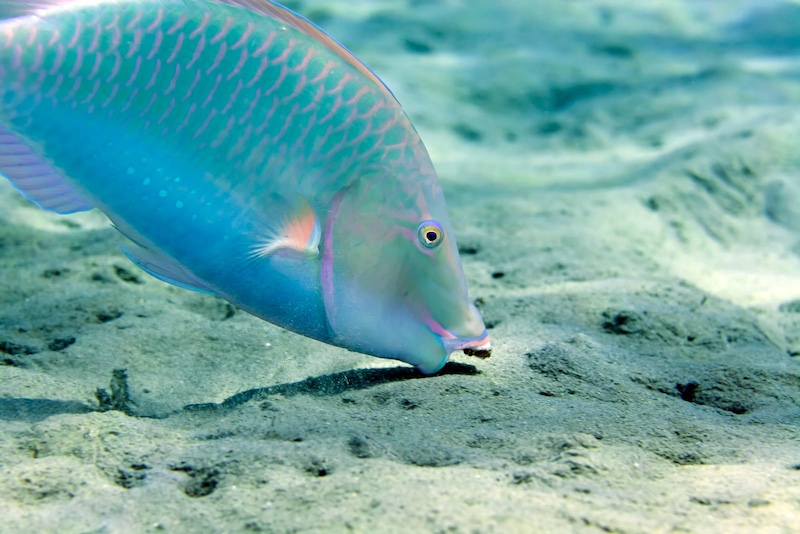Fish may not be the first animals that come to mind when you think of powerful bites, but some species possess jaw strength and teeth sharp enough to bite through bone. These fish use their formidable bites to hunt, defend themselves, or break open hard shells for food. Here’s a look at 10 fish that can bite through bone, showcasing nature’s surprising aquatic powerhouses.
Piranha
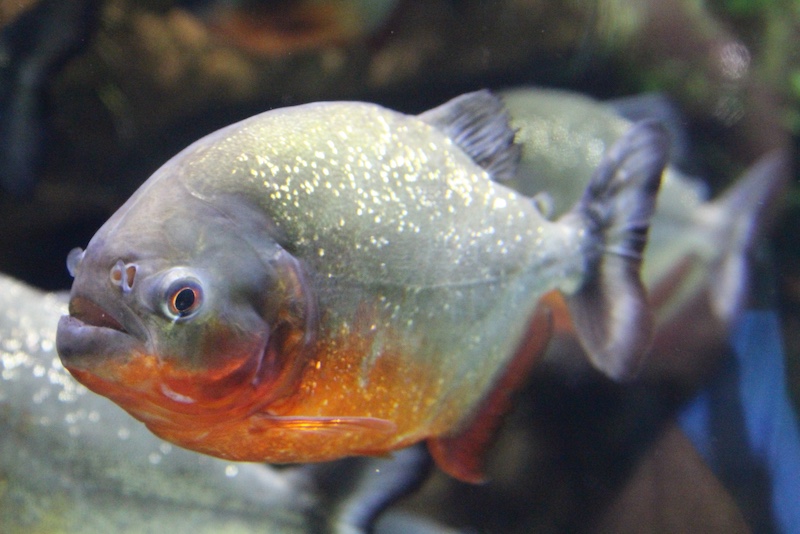
Piranhas have a notorious reputation for their sharp, razor-like teeth and powerful bite. Native to South American rivers, these fish can bite through bone with ease. Their teeth interlock like a jigsaw puzzle, allowing them to shear flesh and even small bones quickly. Studies show that a piranha’s bite force is strong enough to bite through turtle shells and small bones.
Sheepshead Fish
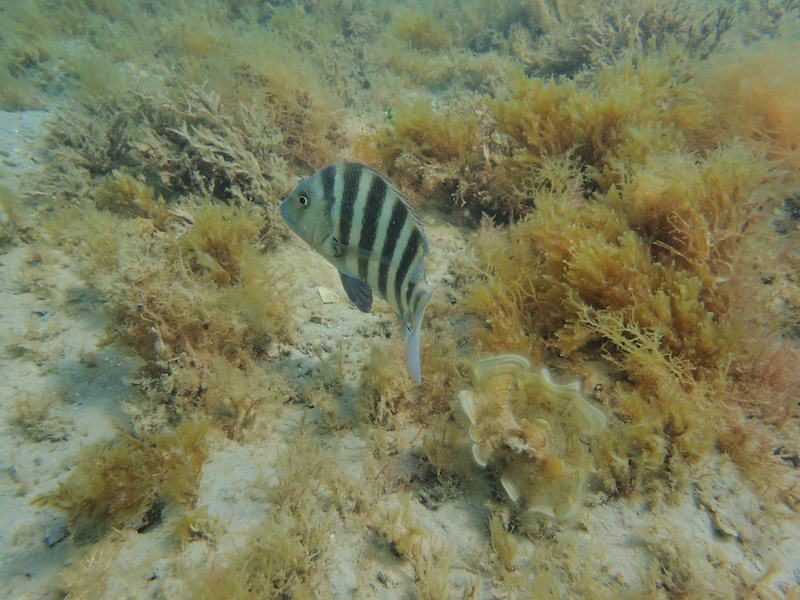
The sheepshead fish, found in coastal waters of the Atlantic and Gulf of Mexico, has human-like teeth designed to crush and grind. Its diet consists of crustaceans and mollusks, which it breaks open using powerful jaws. The sheepshead can bite through tough shells and even small bones when feeding.
Goliath Tigerfish
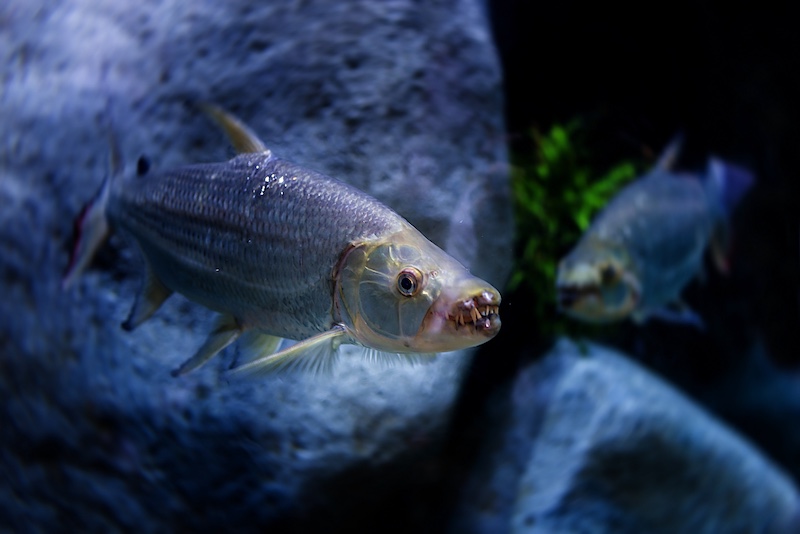
The goliath tigerfish of the Congo River basin is often dubbed the “bone-crushing predator.” Its razor-sharp teeth and muscular jaws allow it to rip through bones and flesh alike. This fierce predator is capable of biting through the bones of other large fish, making it one of Africa’s most formidable freshwater hunters.
Great Barracuda
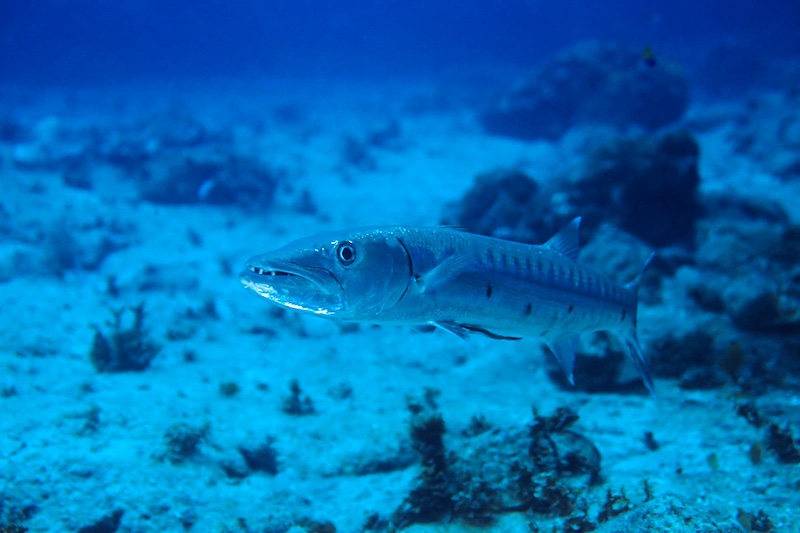
Known for its speed and deadly bite, the great barracuda has sharp, pointed teeth capable of cutting through bone and flesh. Found in tropical oceans worldwide, this predatory fish can snap through bones of smaller fish with precision. Its powerful jaws enable it to incapacitate prey quickly.
Moray Eel
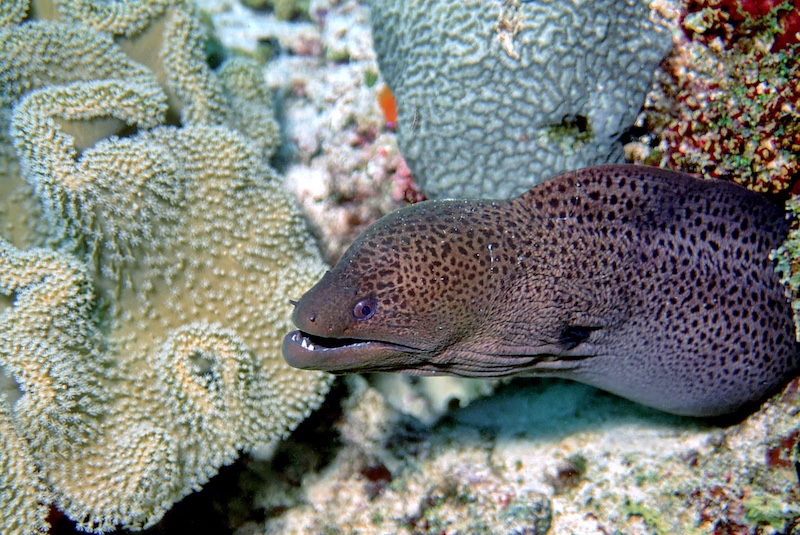
Moray eels have long, curved teeth that can puncture and crush bone. Living in crevices in coral reefs, they feed on fish and crustaceans, sometimes swallowing prey whole. Their strong bite allows them to tear apart tough prey and crush bones to access nutritious marrow and tissues.
Parrotfish
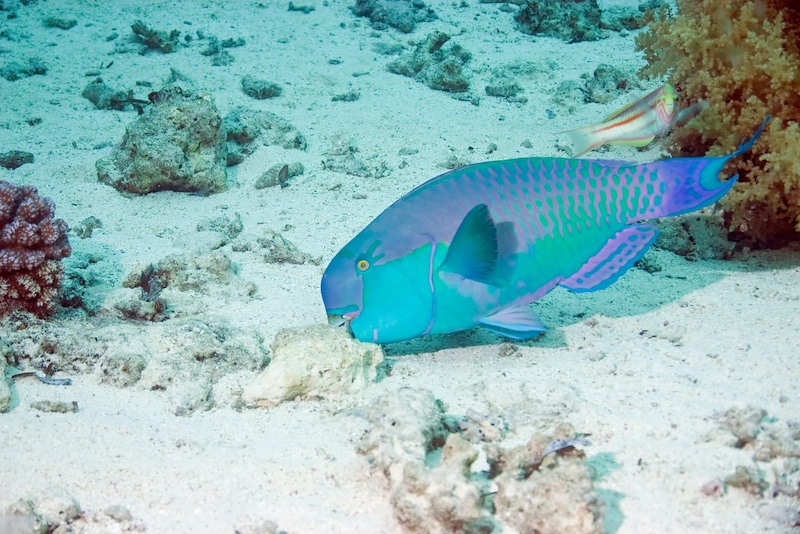
Parrotfish possess a unique set of fused teeth that resemble a parrot’s beak. They use these strong teeth to bite and scrape algae and coral, but their bite is powerful enough to break down coral bones. This ability plays a vital role in shaping coral reefs by creating sand from the coral they grind down.
Oscar Fish
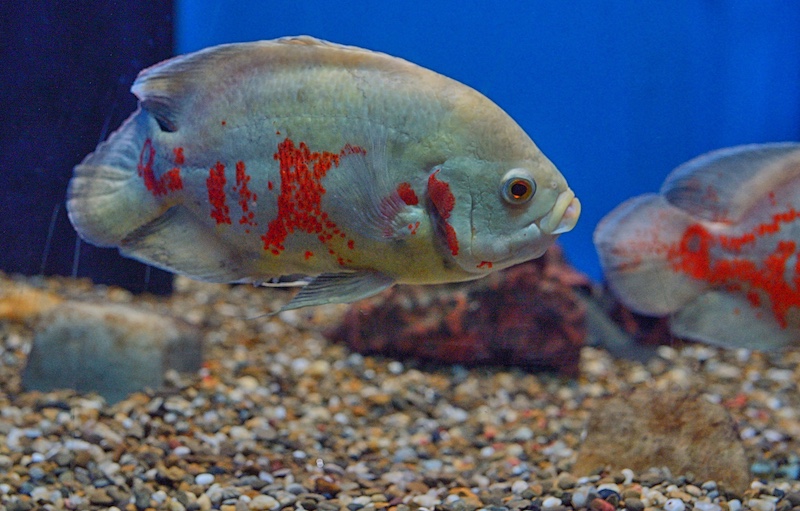
Oscar fish are popular in the aquarium trade, but in the wild, their bite is no joke. These cichlids have strong jaws and teeth capable of crushing the exoskeletons of crustaceans and even small bones when feeding on smaller fish or amphibians.
Tiger Shark

The tiger shark, known as the “garbage eater,” has serrated, triangular teeth designed to slice through tough materials, including bone. It preys on sea turtles, birds, and other marine animals with hard shells or bones. Its bite can easily penetrate these defenses, making it one of the ocean’s most effective predators.
Pacus

Pacus are relatives of the piranha but primarily herbivorous. Still, they have strong, flat teeth designed to crush nuts, fruits, and occasionally bones. In captivity, they have been known to bite through bones or even fingers, demonstrating their strong bite force.
Nile Perch
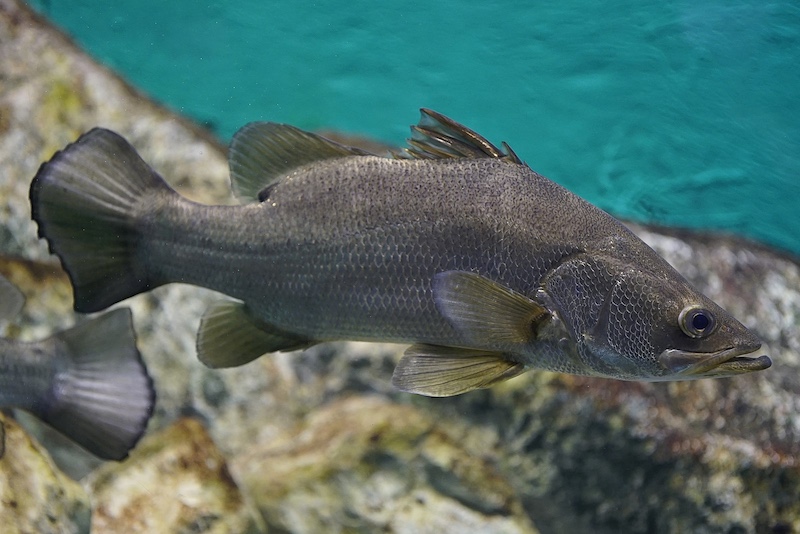
The Nile perch is one of Africa’s largest freshwater fish and a dominant predator. Its strong jaw and sharp teeth allow it to bite through bones of smaller fish and even crush turtle shells. This power makes it a top predator in its ecosystem.
- Please Note: This content was created with the assistance of AI and thoroughly edited by a human before publishing.

